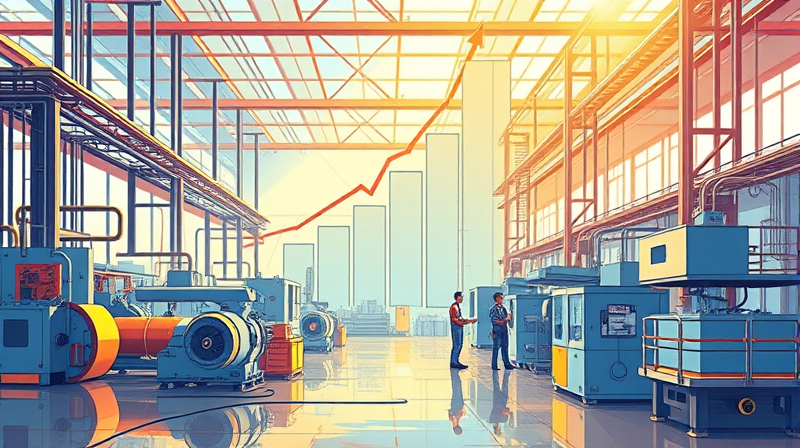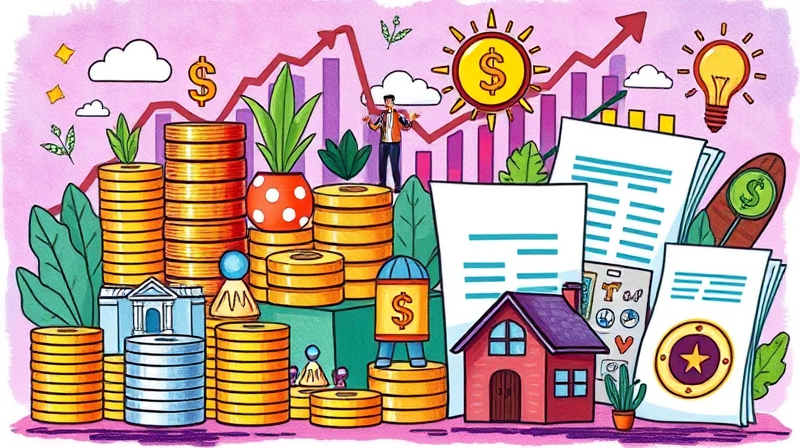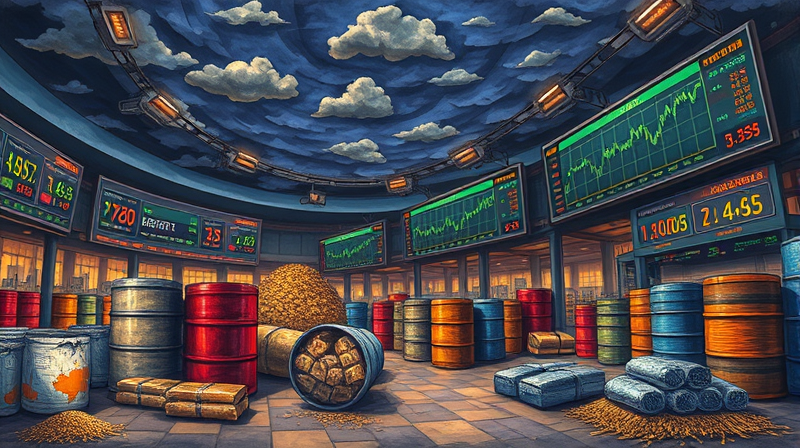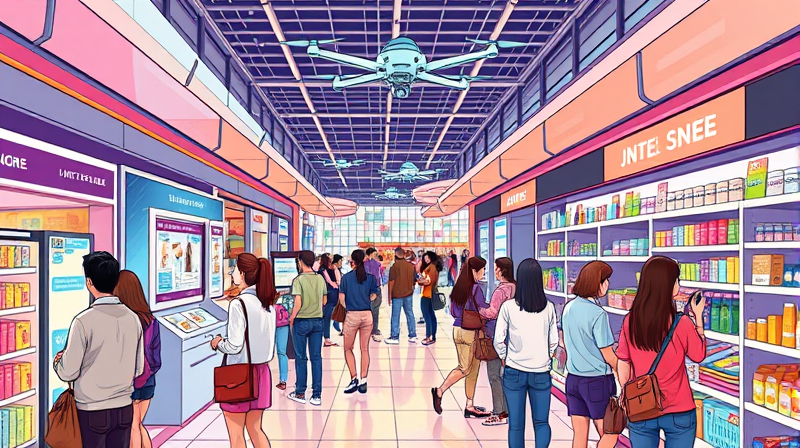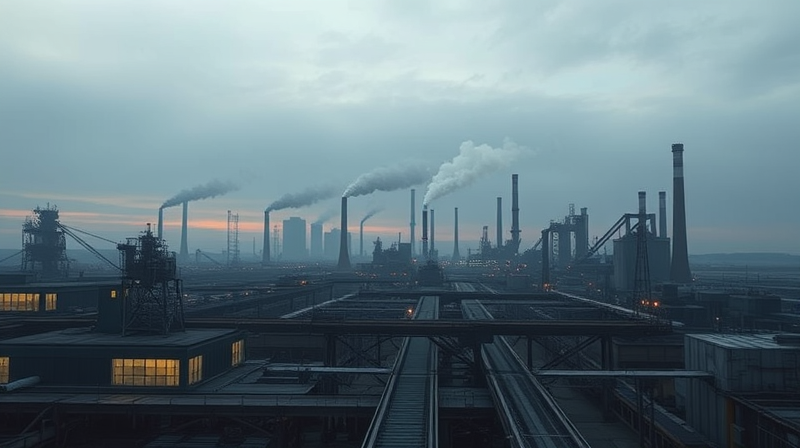
In May 2025, the United States witnessed an unexpected downturn in industrial activity, as industrial production fell 0.2 percent from April. This marks the third straight month of decline out of four, defying forecasts that anticipated stable output. Although production is up 0.6 percent year-over-year, the recent trend suggests renewed vulnerabilities that merit close examination by policymakers, business leaders, and investors.
Looking back over the past year, output growth was modest, yet consistent until early 2025. The recent shift toward negative territory, driven by both domestic and global pressures, serves as a reminder that economic stability is rarely guaranteed. A nuanced approach is vital to address underlying weaknesses while capitalizing on sectors that remain robust.
Industrial production movements often serve as bellwethers for the broader economy. In March, output dropped 0.3 percent, exceeding the predicted 0.2 percent decline. April offered a brief respite, with production rising 0.1 percent after a revised drop of 0.2 percent in the previous month. However, May’s slide into negative territory has reignited concerns about the sector’s momentum.
Such volatile monthly fluctuations highlight the complex interplay between domestic demand, global markets, and underlying structural shifts. Despite the modest year-over-year increase, the monthly contractions underscore potential headwinds, from supply chain disruptions to shifting consumer preferences.
Economic analysts had forecasted stable output, reflecting confidence in pent-up demand and restocking across industries. The gap between projections and actual results highlights the challenges in forecasting complex systems under rapid change. Stakeholders must therefore avoid complacency and prepare for unexpected market shifts.
A closer look at the main components of industrial production reveals contrasting dynamics:
These divergent trends emphasize that pockets of strength exist alongside broader areas of weakness. Manufacturing’s gains in one sub-sector may mask declines elsewhere, while utilities face seasonal and environmental pressures.
For example, limits in energy supply can ripple through manufacturing, raising production costs. Similarly, mining gains reflect commodity price swings rather than structural improvements. This multifaceted environment underscores the need for targeted interventions that respect sectoral nuances.
Capacity utilization offers insights into how fully industries are employing their resources. In May 2025:
The overall utilization rate stands 2.2 points below its long-run average, while manufacturing usage remains unchanged at 76.7 percent. These metrics, among the “Big Four” recession indicators, suggest the sector operates with slack that could signal an economic slowdown if left unmanaged.
Beyond headline numbers, capacity utilization influences investment decisions. Companies tracking these metrics adjust maintenance, capital expenditure, and staffing levels accordingly. Persistently low utilization may prompt facility upgrades or consolidation, especially in industries facing technological disruption or evolving consumer demand patterns.
Industrial production is one of the “Big Four” recession indicators, along with nonfarm payrolls, retail sales, and personal income. Historically, consecutive monthly declines have preceded downturns by several months. While history does not guarantee future outcomes, the current pattern demands heightened awareness from economists and decision-makers.
Investors, too, should factor in leading data, balancing short-term market reactions with long-term fundamentals. Diversified portfolios that include resilient sectors and alternative assets can mitigate potential shocks should the economy slow further.
Manufacturers face a complex landscape in 2025, shaped by cost pressures, policy shifts, and workforce dynamics. Prominent challenges include:
Addressing these issues requires proactive investment in technology and collaboration across supply chains. Companies that embrace automation, diversify sourcing, and implement agile workforce strategies will be better positioned to navigate uncertainty.
While the U.S. experiences uneven performance, manufacturing worldwide has grappled with weak demand in the first quarter of 2025. Export orders from major economies declined, and emerging markets struggled to spur domestic investment. This global deceleration compounds domestic headwinds, creating an interlinked challenge that demands coordinated policy and corporate strategy.
In Europe, high energy costs and regulatory challenges have dampened manufacturing, while in Asia, China’s post-pandemic recovery remains uneven. Emerging markets like India and Southeast Asia show pockets of expansion but cannot fully offset weakness elsewhere. These diverse regional trends underscore that no single policy solution will suffice; instead, a mosaic of tailored approaches is required.
Despite current setbacks, the industrial sector’s resilience has been proven in past downturns. Stakeholders can take concrete steps to foster recovery and growth:
We encourage all stakeholders to embrace a collaborative mindset, fostering public-private partnerships that align resources with strategic priorities. Through shared innovation hubs, joint workforce training programs, and coordinated infrastructure projects, the industrial ecosystem can achieve sustained renewal and resilience.
By focusing on innovation-driven growth and agile strategies, industries can convert current challenges into catalysts for transformation. The lessons learned today will forge a more competitive and adaptable sector tomorrow.
As we navigate this period of uncertainty, entrepreneurs and policymakers alike should harness data-driven insights to guide decisions. By remaining adaptable and forward-looking, the industrial sector can transform challenges into opportunities, ensuring robust growth in the decades to come.
References




